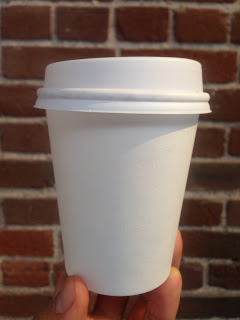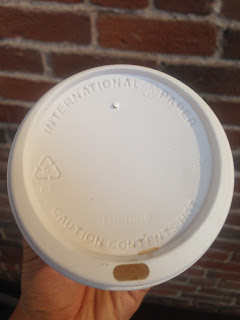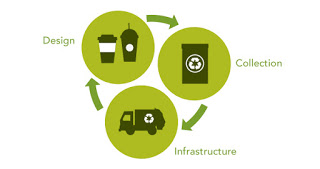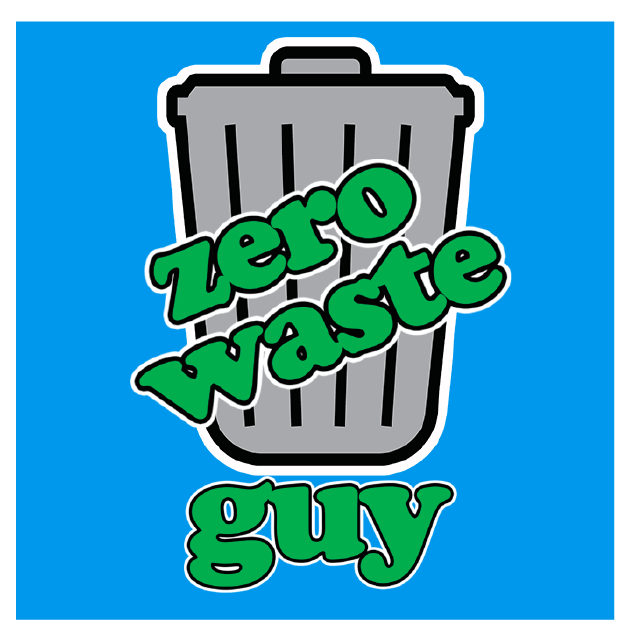How do you take your coffee?
When people ask me what one thing they can do right now to reduce waste in their lives, without hesitation I tell them to stop using disposable coffee cups. From the outset, coffee cups seem harmless enough. The typical Starbucks-type coffee cup, after all, is made predominantly from paper fiber.
Most people assume this means that they can easily be recycled or composted. The short answer is that they cannot be recycled or composted, and I’ll explain why.

In addition to paper, most disposable coffee cups are lined with a thin layer of plastic, usually Polypropylene, or plastic #5. When it comes to recycling materials, manufacturers want the purest materials with the least amount of contamination. Paper cannot be recycled with mixed with plastic and vice versa. Many people ask why they can’t just compost their coffee cups and the short answer is the same: contamination. If we compost organic materials with inorganic materials such as plastic mixed in, that plastic will not break down and will contaminate the end product. No one wants to have their crops amended with compost that has bits of micro plastic mixed in.
Another consideration is the coffee cup lid which more often or not is made from Polystyrene, which is the same plastic chemical compound that is used to make expanded Polystyrene (plastic #6), or Styrofoam. Regardless of what anyone will tell you, many plastics do not get recycled. Polystyrene is one of them. Injected with various chemicals that makes it hard and brittle, Polystyrene does not get recycled. It is made to be low quality, which does not make for a recyclable product.

Most lids are made from polystyrene and are not recyclable
Starbucks adds about 4,000,000,000 (four billion) disposable coffee cups into the waste stream each year. They had a goal to implement a comprehensive recycling program by 2012, but it is fallen flat.
I can blame Starbucks all day long for contributing all these material to the waste stream, but when it is all said and done, consumers drive this behavior.

Notice Starbucks’ plan doesn’t include reducing material to begin with.
I drink almost every single day, which means that over the course of my life I could potentially contribute tens of thousands of disposable coffee cups. Instead I choose to reuse.
Many of our everyday decisions that are so basic that we do not think about them leave impressions that literally last for generations. Our decisions matter big time. You have the power generate excess waste or reduce waste by using a reusable coffee cup. Your great-grandchildren’s great-grandchildren are counting on you. Choose wisely.

Recent Comments